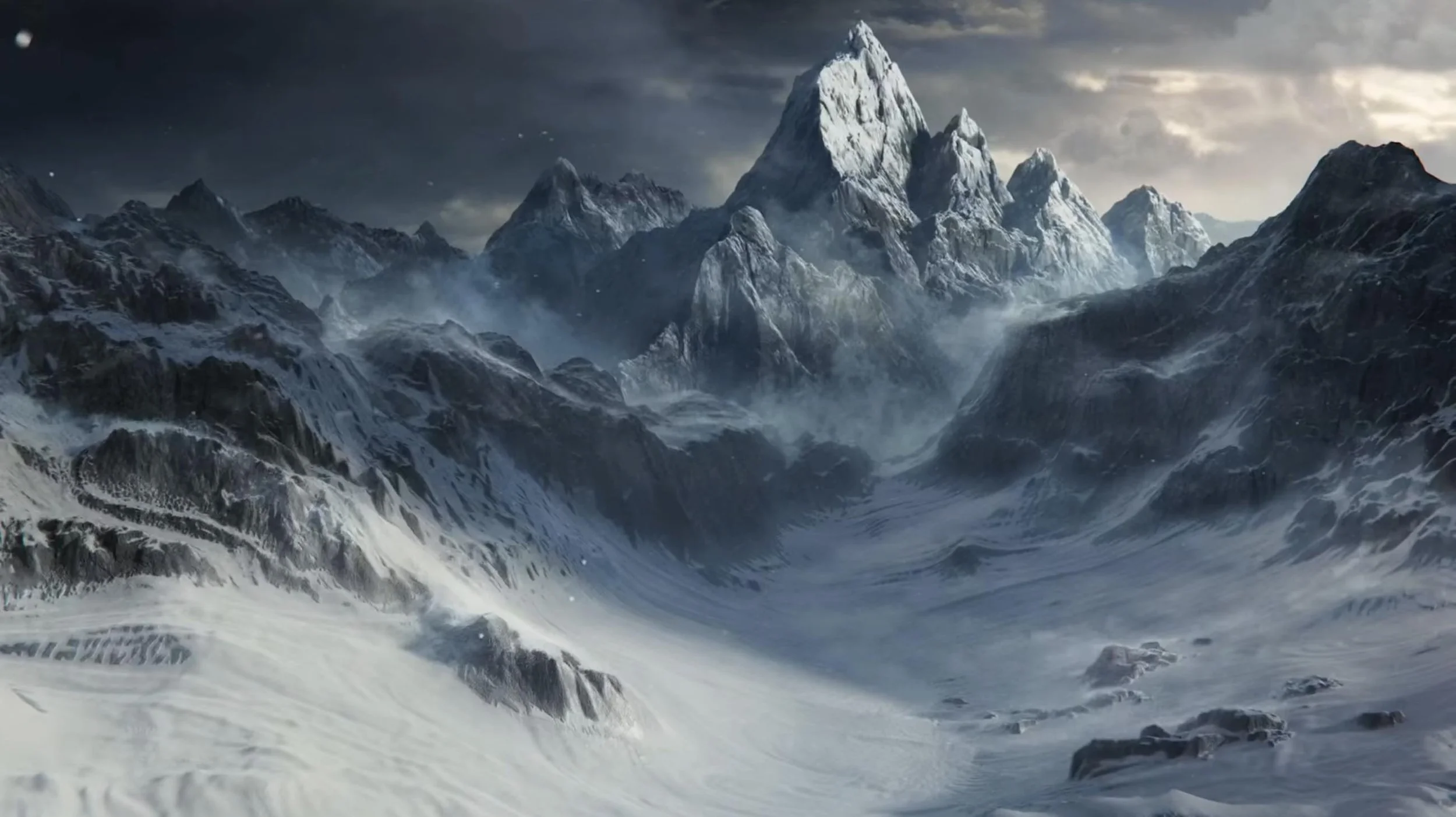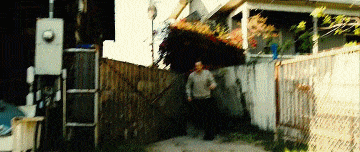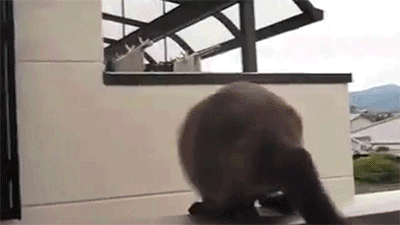What to Prioritize to Make a Stand Out Game Trailer
Lack of flashy editing is not the downfall of most game trailers. In fact, I think polished editing is the last thing you should worry about (especially if you're not a professional editor). What's on the top of the list? Glad you asked, because I'm going to walk you through what makes a truly stand out and successful game trailer. Fortunately, most of the list is completely achievable for beginner trailer editors. Unfortunately, the top tier problems are not easy to solve because they're core to the game's art and design.
Here is my list for you should prioritize in order to make a stand out game trailer (top being most important, bottom being the least). Don't worry about things further down the list until you've tackled things at the top. If top of the list things are out of your control, then just move on down and do the best you can:
Game Art
Music
Sequence of ideas
Visual clarity
Gameplay clarity
Narrative clarity
Features & content
Trailer length
Edit, Audio, Graphics polish
If your game's art looks unique, your trailer will almost automatically be more successful.
Game Art
Realtalk: the art design and direction of a game will do more to garner interest in a game than almost anything even the best trailer editors can do with their bag of tricks. If a game doesn't have a striking art style, it will be far less likely to draw attention. If the game isn't very striking to look at, it's going to have to compensate by making everything else that much better. It's SO much easier to draw attention with good art, it almost feels like cheating. I certainly gravitate towards very pretty games whether for play or work, even though I know they don't need my help as much as a game whose art isn't as strong.
Look at games like: Untitled Goose Game, SUPERHOT, Ape Out, Manifold Garden, Psychonauts 2, Firewatch, Inscryption, Unpacking, Neo Cab, Castle Crashers, Hades, Ooblets, Ori and the Blind Forest, Exo: One, and The Long Dark. These games all have distinctive art styles which command attention before you even see them in motion. Even amazingly produced big budget AAA games can look somewhat same-y at a glance, especially the ones which push the limits of realistic graphics like: The Last of Us, Call of Duty, Days Gone, Battlefield, Uncharted, Far Cry, etc.
By the same token, a game in a genre which isn't terribly popular will have to make their game THAT much more exceptional to turn heads. For example, tower defense games and puzzle platform games are not terribly popular genres. For more about picking viable genres I recommend Chris Zukowski's well researched blog posts.
I can't very well say to everyone: "Just hire an AMAZING art director" but game art at every level is worth investing in. If your game's art doesn't make it stand out from a crowd, you'll have to make everything else that much better to make a stand out trailer.
Quick, what AAA game does this screenshot belong to? (Demon's Souls remake)
Music
It's no secret people love trailers with good music whether for movies or games. It's why people love trailers like the Grand Theft Auto "Welcome to the Jungle" traileror the Gears of War "Mad World" trailer. But it doesn't have to be nostalgic and expensive licensed music to make a trailer, there are plenty of talented game composers and trailer music companies who make music which really sets the tone and immerses you in the world.
Whether it's the theme from Halo, the latest from Supergiant Games' Darren Korb, the distinctive piano music used for Untitled Goose Game, the beautiful vocals of Tetris Effect, the amazing orchestral score for Legend of Zelda, the pulse pounding DOOM soundtrack, haunting minimalism of The Last of Us, or the serene and comfortable music of Unpacking. Good music makes or breaks a trailer like few things can. And most game music designed to loop endlessly isn't good for trailers.
This is the first thing on the list which you might have a degree of control over when making a trailer. Either because you can use the game's composer to make a custom track for the trailer, or because you don't yet have a composer so you can license music which feels tonally appropriate and has good trailer structure. You want to be working with good trailer music which has a beginning, middle, and end. Not gameplay music which loops forever and sounds exactly the same through and through. It'll make the trailer that much more fun to watch, and it'll make your job easier, especially if you're not a very experienced trailer editor.
A lot of Gears of War doesn't look SUPER distinctive, but the use of music in this "Mad World" trailer really made it stand out.
Sequence of Ideas
The next most important thing is where we start getting into the high level overview of the trailer's editing and that is the sequence you present ideas. The most basic I recommend is (in this order): Genre, Hook, Content, but another useful way to think about it is in terms of the questions the audience needs answered.
To sum up, people first need to know what genre the game is, then what its unique hook or twist on the genre is, and if there's time you can explore its features, the quantities of content, the modes, etc. If you talk about HOW MUCH game there is before people even know they want it, they won't care. You can't expect to sell ice cream flavors until people have had a taste of what makes your ice cream unique.
Ice cream!? I'm aboard! Oh wait, non-dairy ice cream? Pass :P
Visual Clarity
Footage from games can easily look very overwhelming and confusing due to the density of objects on screen, HUD/UI elements, dialogue bubbles, numbers, meters, and so much more information which is on screen for the player's benefit. If your game capture is too confusing, too cluttered, or too overwhelming, then you seriously risk losing the audience's attention or at the very least they might stop retaining the information you're throwing at them. If people can't tell what they're looking at, then everything else falls apart. They might disengage from the trailer and stop watching, or just leave feeling very confused.
I oftentimes see game trailers which feel to me like they're a giant hose of information being sprayed towards a sponge stuck to a wall. Yes, technically all the information about your game is being thrown at the player, but how much of it is actually soaking in? Visual clarity helps hone that stream so it has a better chance of being absorbed. This basically means ensuring each shot is easy to understand whether because you carefully considered and chose what to show (and what not to show) to reduce cognitive load. Or maybe you went the extra mile and made the eye trace very smooth.
It's like the difference between a well shot and edited Jackie Chan fight scene or a shakey-cam fight where they're trying to hide the fact most of the shots are a stunt person and not the lead actor by editing faster than we can process the shots.
Why do this in about a dozen shots when you can do it in one?
Gameplay clarity
For this I specifically mean people need to understand how the game works. It can be very frustrating if people don't understand how the game works and/or how they control it. The interactivity of games is what differentiates them from other forms of storytelling, so if people don't know what the game is like, they're less likely to want to play it. This is why I push against excessive slow camera moves through environments to start a game trailer.
How a game works is the most important thing in a trailer, especially if it's a novel and unique game mechanic. Some things just have to be shown in order for the audience to understand how it works. It might feel like wasting time to show that a character can walk, then show they can run, then show they can jump, then show they can use a grappling hook. You might want to skip to the grappling hook, but that might wrongly indicate the grappling hook is the only means of traversal.
It's really important for people to see shots where things happen because the player initiated them. Even if it's something as simple as the player approaching an NPC and a word bubble popping up. For example, if the shot starts when the bubble is already there, we don't know if it's a cutscene or if the player chose to speak to that person. If the game teaches a mechanic through a short tutorial, it might be necessary to quickly go through all those steps in the trailer too.
So many games have slight or major variations that you can't assume people will know how something works because they're well versed in other games, because so many game mix things up, they still need a baseline of knowledge even when watching a trailer in a familiar genre.
People want to know if a game fits into the variety of genres they enjoy playing; they can lose interest if you play it too coy, especially for trailers released after the initial announcement. You facilitate gameplay clarity with well captured footage where it's clearly understandable who or what the player is controlling. Depending on the game it could be as simple as showing the in-game camera angle since there are many genres which are almost defined by the camera perspective. Like the isometric angle of strategy and building games, first person perspective of shooters, side-scrolling perspective of platforms games, etc.
Tooting my own horn here, but good shot composition really makes things better.
Narrative Clarity
As much as I love stories in games, they're often not the most important thing to communicate in a trailer, which is why I put this last for these topics about clarity. The truth is, as long as the game is fun, a lot of people will probably still enjoy the game even if the story doesn't connect with them. Several game trailers do just fine with communicating the bare minimum of story, or putting in a few disconnected snippets which vaguely give a sense of the story.
Telling a story in a trailer which is comprised of just a handful of lines of dialoguefrom a large game is very difficult, which is a big reason I put this lower on the list, because the benefits of having a really tightly edited story in the game trailer is not quite as important as the gameplay and visuals being very clear. Don't get me wrong, if you can have all of it in one trailer then it can turn out awesome and give a really full sense of the game.
If you're not going to make the story in the trailer easy to understand, then show less.
Features and Content
Features and Content refer to those bullet points you often see in trailers like: 60 levels! 10 boss battles! 20 weapons! New Game Plus! Alternate Game modes! Again, these can't interest people until they understand and are interested in the core design. This is stuff people can read about later on the store page after the trailer has done a good job showcasing the game's experience in the trailer. People don't want to come back to the ice cream shop for more unless they like their first taste. Don't sell the quantity, when the thing itself is still unknown.
Trailer Length
Unless your trailer is going to be featured in some sort of showcase, there typically isn't a restriction on how long it should be, so don't worry about this too much unless it's starting to go above 90 seconds, which is a typical game trailer length. Of course, shorter is always better, but I'd rather the trailer be a bit longer if it meant everything else about it was clearer.
Editing, Audio and Graphics Polish
Of course good editing can be transformative for game trailers, and it can be what facilitates clarity of gameplay, story, and visuals. But what I'm talking about are trailer editing flourishes like flutter cuts, music stop downs, motion graphics, and other things that make a trailer look very shiny. I'd rather you make a trailer which has far less flashy editing which has all the other priorities, than one which is all style but no substance.
Even though I'm an editor, I put this dead last because I know not everyone has the experience, time, or desire to be a professional trailer editor. And everything above this is where I think most people miss the mark, not whether a sound effect was perfectly synced to the score, a line of dialogue fell perfectly between two music hits, or a rise built anticipation to the trailer's climax. Those things are all great and can be transformative in their own right, but without everything at the top of this list, editing flash and flair can just make it look like the trailer is trying to overcompensate for weak source material.
Good editing, audio and graphics is sort of like getting a professional actor or public speaker to talk about your game for you. They're saying the same words, just with more practice, flair and whatever communication tricks they have up their sleeve. But if you can get the words right, it's most of the way there. A good speaker who's given a bunch of disorganized and unclear words to say can only do so much.
If you know how to make a good match cut then by all means do it! If you don't know what a match cut is, then worry about the other things first.
So there you have it! Those are the parts of a game trailer I think it's best to prioritize in the order you should consider them. Start at the top and work your way down to the best of your ability and/or the abilities of the people helping make the trailer. But don't sacrifice things at the top of the list for the sake of things below.
As best you can, try to lock down these aspects of the trailer before moving onto the next and you'll be on your way to making a more successful and stand out game trailer!
Game Art - Is it eye catching?
Music - Is it pretty to the ears?
Sequence of ideas - Genre, Hook, Escalation, Climax
Gameplay clarity - Can I understand how it plays?
Visual clarity - Can I see what is happening?
Narrative clarity - Does the story make sense?
Features & content - How much content is there?
Trailer length - Is it long/short enough?
Edit, Audio, Graphics polish - Last 10% which makes it satisfying to watch








